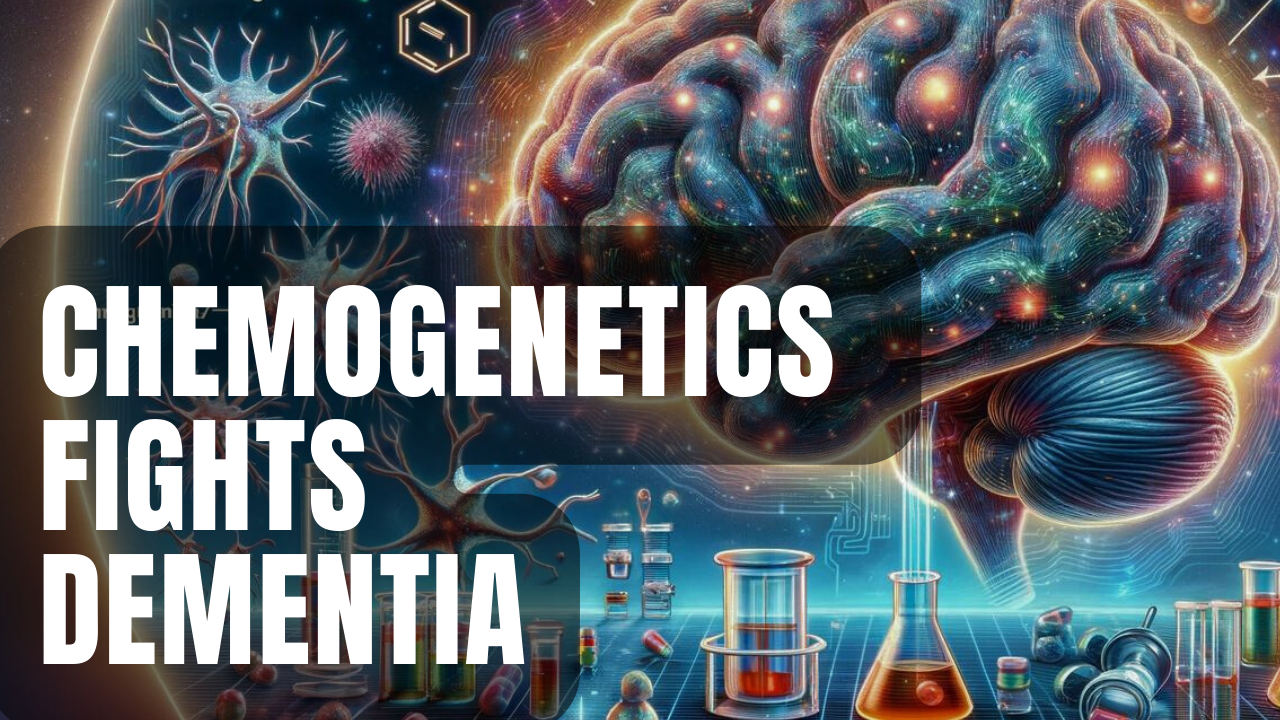Chemogenetics Fights Dementia

After discovering Rapamycin purely by chance on Easter Island, home to more than 1,000 Moai status left behind by the early Rapa Nui people, Rapamycin was first used as an organ transplant anti-rejection drug, until anti-aging researchers discovered the drug’s ability to increase animal and human lifespans by removing senescent or non replicating DNA cells, while boosting anti-aging sirtuin proteins beneficial in the fight against aging.
Promising Results
To add to the promise of drugs like Rapamycin, researchers at Catholic University in Rome and the Fondazione Policlinico Universitario Agostino published their results in the journal Science Advances, which reports their in-depth findings on a study coordinated by Professor Claudio Grassi, Director of the Department of Neuroscience at Catholic University, wherein they used chemogenetics, which blends chemistry with gene editing to modify a sequence of the LIM Kinase 1 or LIMK1 protein—an important player in the transmission of neural networks in the brain, employing Rapamycin as a molecular switch that increases brain plasticity. In their study, Grassi and his colleagues gave their genetically altered Rapamycin to animals with age-related cognitive decline, resulting in clinically significant memory and cognition improvements in all study subjects that received altered Rapamycin.
Return of Brain Plasticity
Their genetically modified drug cocktail allowed them to significantly manipulate synaptic plasticity processes, along with structural changes and reproduction of dendritic spine formations in neurons, which conduct electrical impulses toward the body of the nerve cell. While Grassi’s study marks the first breakthrough in chemogenetic manipulation for memory improvement, their study opens a promising pathway for further research on animals, before studying its impact on humans suffering from multiple forms of dementia, making chemogenetics, a milestone breakthrough in treating a tragic disease.
